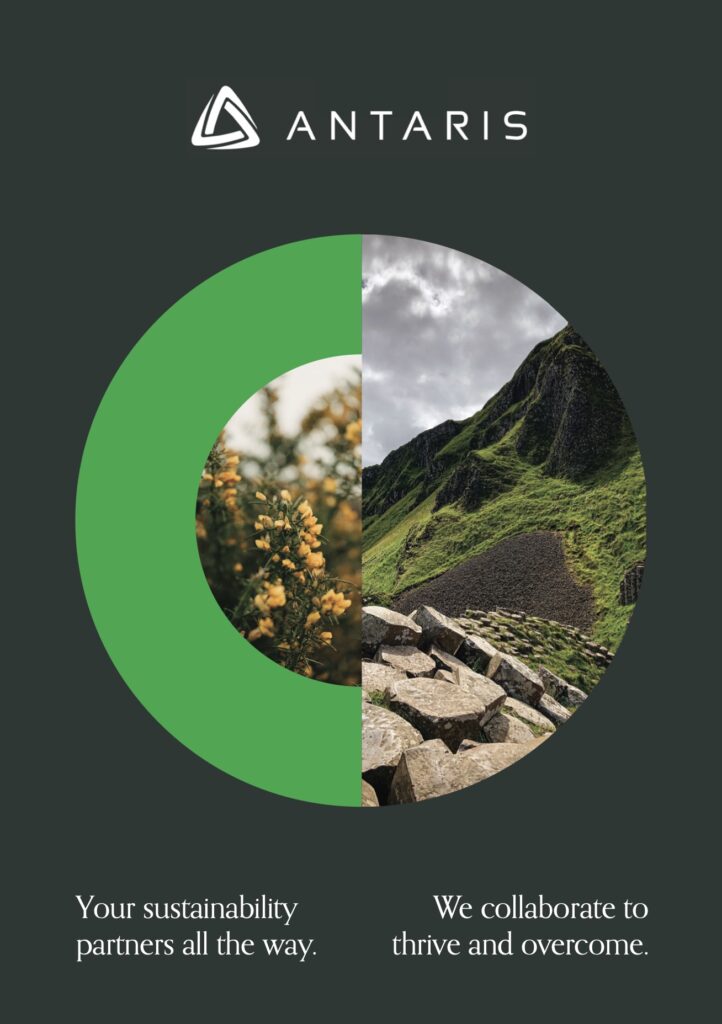As ESG (Environmental, Social, and Governance) becomes embedded in global corporate DNA, 2025 is shaping up to be a defining year for sustainable business practices. With regulatory momentum building, stakeholder scrutiny intensifying, and technologies maturing rapidly, three disruptive trends are emerging as game changers:
- Automated ESG data validation
- Supply chain carbon visibility
- Tying executive pay to ESG performance
1. Automated Data Validation for ESG Disclosures
Manual data collection and verification are being overtaken by intelligent automation. According to Datylon’s “Ultimate Guide to ESG Reporting” (2025), companies are moving away from spreadsheets and adopting ESG-specific platforms that validate and standardize data through AI and rule-based engines. This ensures reports are not only timely but also audit-ready.
AI is playing a transformative role. A 2025 Medium report predicts that “AI and machine learning tools will automate ESG reporting, enhance data integrity, and enable real-time sustainability insights.” Automation is helping companies identify data anomalies, reduce reporting cycles, and meet increasing regulatory demands.
Startups are quickly filling the technology gap. Berlin-based Climatiq recently raised $11.6 million to build APIs that automate carbon emissions calculations especially Scope 3 by drawing from scientific and NGO-backed datasets. Similarly, KEY ESG provides a tool that compares historical data points to flag inconsistencies, giving ESG managers real-time alerts for questionable entries.
Why this matters:
- Reduces human error and manual labor
- Enhances transparency and regulatory compliance
- Builds credibility with investors and stakeholders
2. Supply Chain Carbon Visibility
Scope 3 emissions those generated by suppliers and logistics networks often account for up to 90% of a company’s total carbon footprint. Yet historically, they’ve been the hardest to track. In 2025, that is beginning to change.
According to Tive’s “State of Visibility 2025”, 35% of companies are now leveraging real-time tracking and digital twins to monitor supply chain emissions. However, a Sourcemap study notes that only 43% of organizations have full visibility into Tier 1 suppliers, and fewer still can trace deeper into their value chains. Encouragingly, over 30% of firms are investing in technologies to close this gap.
Modern supply chain platforms are integrating IoT sensors, blockchain, AI-powered analytics, and satellite data to create a transparent, traceable carbon map from raw material to finished product. This trend also supports risk mitigation efforts. According to Sphera’s 2025 ESG Risk Outlook, companies face escalating risks related to climate, finance, cyber threats, and human rights violations in global supply chains.
Why it’s critical:
- Identifies carbon-intensive suppliers and hotspots
- Enables targeted decarbonization strategies
- Supports compliance with frameworks like CBAM and new EU mandates
3. Integration of ESG Metrics into Executive Compensation
One of the most compelling signals of a company’s ESG commitment is tying executive incentives to sustainability outcomes. In 2024, 77.2% of S&P 500 companies included ESG metrics in compensation plans, up from 66% in 2021, according to data from Equilar and WTW’s 2025 Executive Compensation Trends Report.
These KPIs include carbon reduction, diversity, inclusion, and ethical governance. Strategic ESG scorecards are now gaining traction, particularly in European and APAC markets. Harvard Law School and CAP’s June 2025 report note a growing push for material, measurable, and time-bound metrics.
That said, some pullback is evident. A March 2025 Financial Times article revealed that several banks and multinational firms are scaling back short-term ESG-linked incentives due to U.S. regulatory uncertainty opting instead for long-term plans to maintain flexibility while still signaling intent.
Why this trend counts:
- Drives accountability at the leadership level
- Aligns financial incentives with sustainability goals
- Reinforces trust with investors, employees, and regulators
Conclusion: ESG in 2025 = Measurable, Transparent, Actionable
In 2025, ESG is no longer about signaling values it’s about operationalizing them. Companies must:
- Leverage automation for high-integrity, audit-ready ESG data
- Map and mitigate carbon emissions across their supply chains
- Integrate ESG goals into leadership performance and pay structures
Firms that act decisively will not only meet rising expectations but will also future-proof their business models. The ESG revolution is here are you ready?
References
- Datylon. (2025). The Ultimate Guide to ESG Reporting. https://www.datylon.com
- Medium. (2025). AI in ESG Reporting: Automation at Scale. https://medium.com
- Climatiq. (2025). Climatiq Raises $11.6M to Expand Carbon Emissions API. https://www.climatiq.io
- KEY ESG. (2025). Automated Validation & Historical Comparison Tools. https://www.keyesg.com
- Tive. (2025). State of Visibility 2025. https://www.tive.com
- Sourcemap. (2025). Supply Chain Transparency Trends. https://www.sourcemap.com
- Sphera. (2025). ESG Risk Outlook: Global Supply Chains. https://www.sphera.com
- Equilar & WTW. (2025). Executive Compensation and ESG. https://www.wtwco.com
- Harvard Law School Forum. (2025). Trends in ESG-Linked Pay. https://corpgov.law.harvard.edu
- Financial Times. (2025, March). Companies Scale Back ESG Pay Amid Regulatory Pressure. https://www.ft.com








